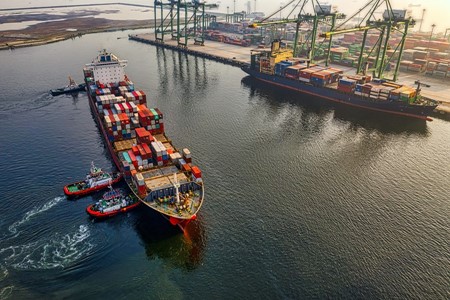
In today’s globalized market, the chemical industry heavily relies on imports to meet demand for specialty chemicals, raw materials, and intermediates. While importing chemicals opens doors to cost-effective sourcing and access to global innovations, it also comes with a unique set of challenges. These challenges are not just logistical, but also regulatory, financial, and environmental.
Below are the major challenges faced in the import of chemicals:
1. Complex Regulatory Compliance
Each country has its own set of regulations governing the import of chemicals, often involving:
-
REACH, GHS, DGFT, or EPA guidelines
-
BIS certification (in India)
-
Mandatory registration or licenses for hazardous chemicals
Failure to comply can lead to delays, penalties, or even rejection of shipments.
2. Licensing & Documentation Issues
Importing chemicals involves multiple documents such as:
-
Import license
-
Material Safety Data Sheet (MSDS)
-
Bill of lading, invoice, and packing list
-
End-user certificate (for restricted chemicals)
A missing or incorrect document can halt the clearance process.
3. Customs Clearance Delays
Customs delays are common due to:
-
Chemical classification confusion (HS code errors)
-
Random inspections and testing
-
Inadequate knowledge among clearing agents about specific chemical categories
These delays lead to increased demurrage and warehousing charges.
4. Volatile Freight and Container Shortages
Freight rates, especially post-pandemic, have been volatile. Factors contributing include:
-
Container shortages
-
Port congestion
-
Increased demand during certain seasons
This impacts delivery timelines and budgeting.
5. Currency Fluctuation and Payment Risks
Chemical imports often involve high-value transactions. Currency volatility can significantly affect profitability. Moreover, payment terms (like LC or advance payments) can be risky, especially when dealing with new suppliers.
6. Safety and Handling Concerns
Many chemicals are flammable, toxic, or reactive, requiring special storage and handling. Issues can arise during:
-
Loading/unloading at port
-
Inland transportation
-
Inadequate labeling or packaging
This increases the risk of accidents, contamination, or compliance violations.
7. Import Restrictions and Bans
Governments may impose:
-
Import quotas
-
Anti-dumping duties
-
Temporary bans on certain chemicals (due to environmental or geopolitical reasons)
These sudden changes can disrupt supply chains and force businesses to find new sources.
8. Lack of Transparency from Overseas Suppliers
Language barriers, cultural differences, and distance can lead to:
-
Miscommunication
-
Quality issues
-
Delays in dispatch or updates
Reliable supplier vetting and strong contracts are essential to mitigate this risk.
9. Environmental and Ethical Concerns
Growing awareness of sustainability and ethical sourcing has led to stricter scrutiny of imported chemicals regarding:
-
Origin and manufacturing process
-
Carbon footprint
-
Child labor or unsafe working conditions
Compliance with ESG norms is increasingly critical, especially for large buyers.
Conclusion
While importing chemicals enables access to global resources and competitive pricing, it demands meticulous planning, a strong compliance framework, and proactive risk management. Companies must stay updated with evolving regulations, build strong relationships with suppliers, and invest in reliable logistics partners to overcome these challenges and ensure a smooth import process.